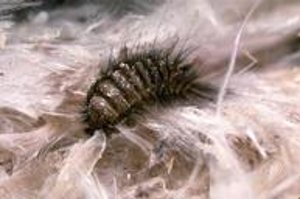Whelan Pest Prevention Staffordshire’s professional technician are ready to visit and eradicate your Carpet Beetle Problems today for domestic and commercial properties
Carpet Beetle Control Staffordshire can be at your property the same day for any Carpet Beetle Problems you may have and Pest Control Staffordshire are qualified for both Commercial & Domestic Carpet Beetle Removal and we don’t just eradicate Carpet Beetles but we also find you the best Pest Solutions to deter Carpet Beetles from returning.
You will also find all our Pest Controllers friendly and approachable and they will talk you through any work that they carry out. We also use the latest equipment and safe chemicals to ensure just one visit to your property for Carpet Beetle Treatments.
Pest Control Staffordshire operates 7 days a week with early evening & weekend appointments available.
Call Our Pest Control Team In Staffordshire On: 24hr Call 01782 692595
Or Click below for a online Quote Request
About Carpet Beetles:
The beetles are fairly small, measuring 1.5 to 4mm in length. The body is strongly convex, rather like the ladybird beetle and is characterised by the pattern of yellow, black and whitish scales on the body.
Between 20 and 100 eggs are laid by the female during spring and early summer on furs, woollens and any dried materials of animal origin.
When the larvae hatch out, they are hairy and brown with three bunches of golden hairs on the abdomen. They normally reach a length of 4-5mm. They tend to avoid the light and, when disturbed, curl up into a ball.
The eggs hatch between 10 to 35 days depending on the temperature. The larvae can last at least a year depending on the quality of the food supply. The adult beetle lives from 7-41 days.
The adults appear in April, May and June and their resulting larvae hibernate during the following winter pupating during the latter part of February and March.
On emergence the adult beetles seek the light so they usually fly to the windows. They fly to light coloured flowers where they feed on nectar and pollen. After mating, the females enter houses during late summer and autumn and lay their eggs in birds’ nests in roof voids and other suitable places. The larvae feed on feathers and wool soiled with excrement.



